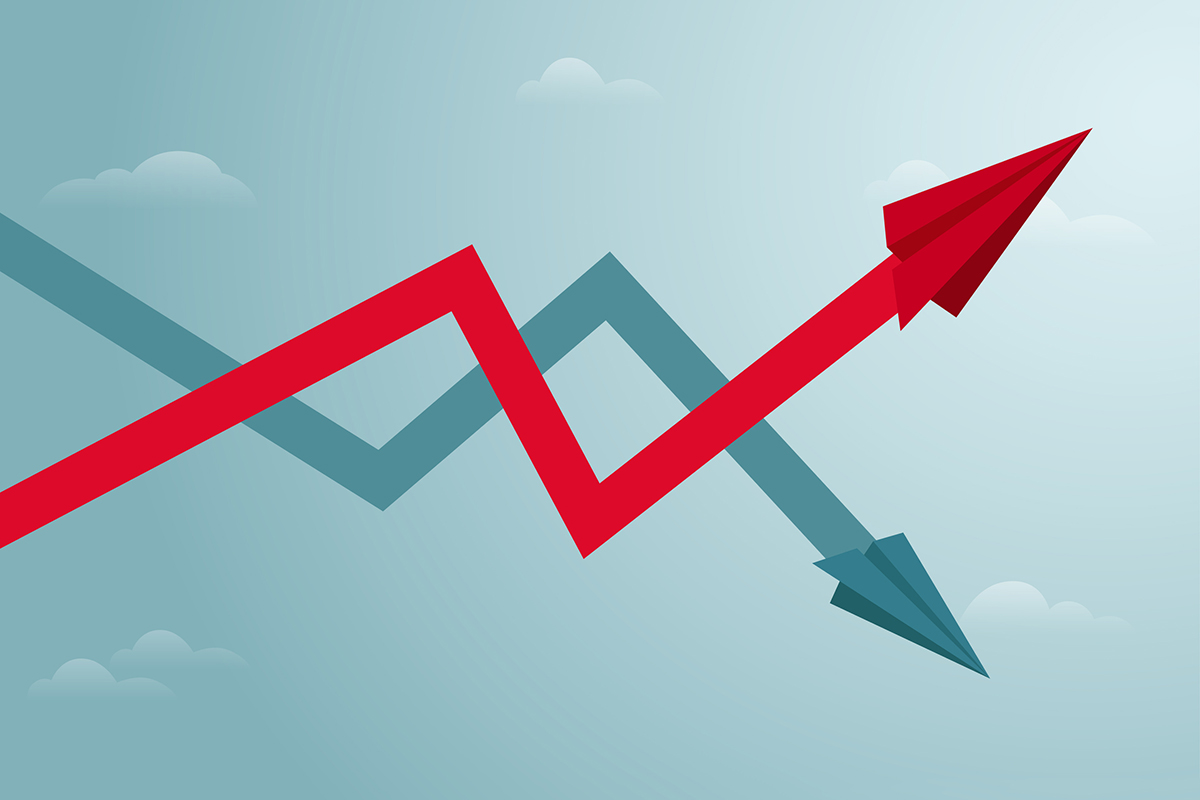
The Eastman Kodak Co., in its earnings report for the year’s second quarter, declared itself a going concern, warning investors that it may not have the proceeds to pay off debts over the next 12 months. The company reported $477 million in term loans that it could not pay if they were to become due in accordance with their current terms.
Kodak reported a cash balance of $155 million, of which $70 million was held in the U.S. The company’s cash balance fell by $46 million from the end of the prior quarter.
The company announced it plans to use proceeds from a pension reversion from its terminated Kodak Retirement Income Plan—its corporate defined benefit plan—to pay off its debt obligations, according to the company’s recent 10-Q filing.
Kodak plans to complete its pension reversion in December, prior to the maturity date of the company’s term loans, due May 22, 2026.
Want the latest institutional investment industry?news and insights? Sign up for CIO newsletters. ?
“Kodak’s plans to adequately fund its preferred stock and debt obligations when they become due are to use the proceeds from the expected reversion of cash to the Company upon settlement of obligations under the Kodak Retirement Income Plan to reduce the amount of term debt and to amend, extend or refinance its remaining debt and preferred stock obligations,” the company stated.
A pension reversion allows a company with surplus assets in its pension plan to terminate the plan and claim its surplus assets. The company estimated proceeds of $500 million from the reversion of KRIP assets, Kodak CFO David Bullwinkle said in the company’s Q2 earnings call.
Approximately $300 million from the reversion would be available as cash, with another $200 million invested in illiquid investments, primarily hedge funds, which are currently in the redemption process.
A pension reversion can come with a high tax penalty. If a plan sponsor wants to revert 100% of excess plan assets, they could be subject to a 50% excise tax, as well as state and federal taxes.
This can be mitigated through other options, such as opening a qualified replacement plan, increasing benefits to participants or redirecting surplus assets to another retirement plan, which can reduce the excise tax to 20%.
As of December 31, 2022, the KRIP had plan assets of $3.7 billion and benefit obligations of $2.5 billion, representing an asset surplus of $1.2 billion, or a funding ratio of 148%, Kodak reported in March 2024.
“The termination of our U.S. Kodak Retirement Income Plan and subsequent reversion of excess funds to pay down debt is progressing as planned,” Bullwinkle said on the earnings call. “We expect to have a clear understanding by August 15 of how we will satisfy our obligations to all plan participants, and we anticipate completing the reversion by December of 2025.”
Plan participants will elect whether their benefits will be settled through an annuity or a variety of lump sum options, Bullwinkle said on the earnings call. The company intends to purchase an annuity contract with an insurer in October for participants who elect to enroll in regular annuity payments.
Kodak, in its earnings report, stated “the company expects a significant portion of any reverted assets to be used to reduce long term debt, and, therefore, the annual cost of servicing that debt.”
Kodak’s board of directors voted in January to terminate the KRIP and open a cash balance plan effective March 1 for new employees and April 1 for existing employees, according to the company’s 10-Q.
In November 2024, Kodak appointed NEPC as the plan’s outsourced CIO.
Related Stories:
Kodak Considers Terminating Overfunded Pension Plan
Eastman Kodak to Shift Pension Assets to NEPC
Mucha Ascends to Kodak CIO Role
Tags: Eastman Kodak, Pension Reversion
#Kodak #Seeks #Pension #Reversion #Proceeds #Pay #Debt #Avoid #Insolvency